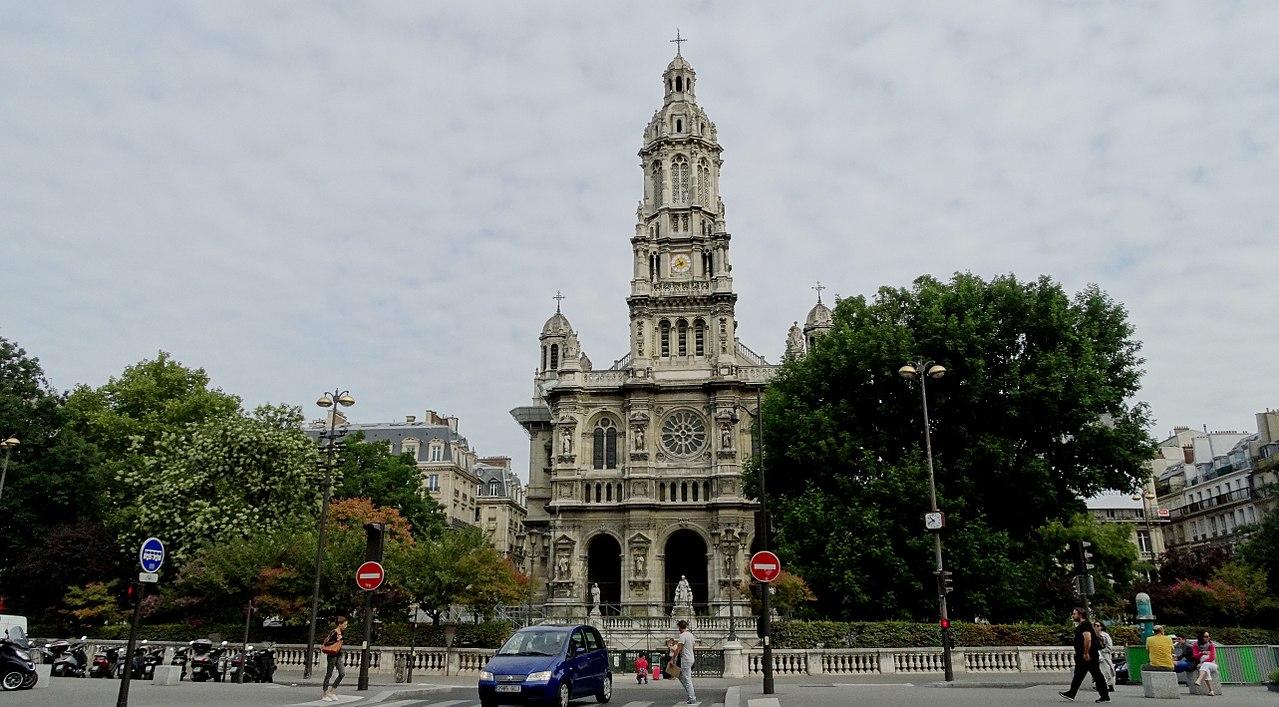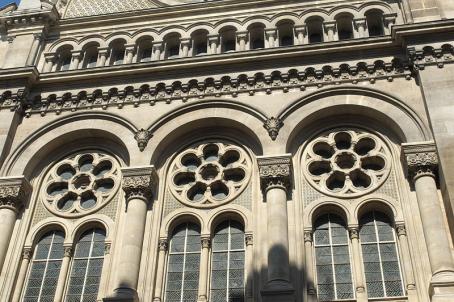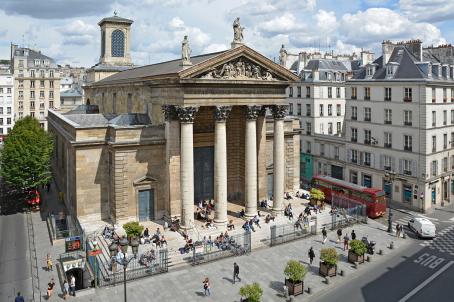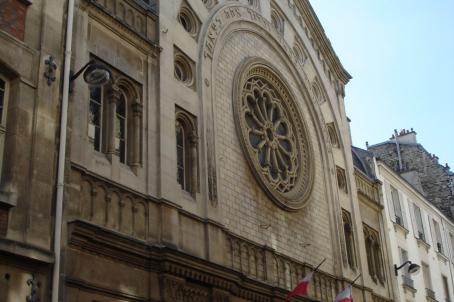Holy Trinity Church
The decision to create a church in this developing neighbourhood dates back to 1861. It is the work of the architect Théodore Ballu who orchestrated the work from 1862 to 1867. He had previously completed the neo-Gothic church of Sainte-Clotilde and after 1871, he rebuilt the Town Hall destroyed during the Commune. The Trinity Church is, along with the Church of St. Augustine, the most famous religious achievement of the Haussmann period.






